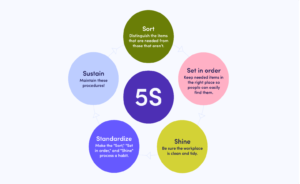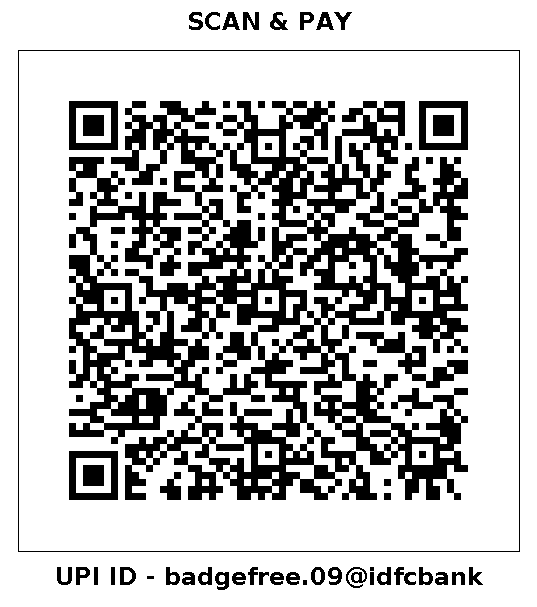The Coronavirus pandemic threw many companies off-guard for the transition that ensued in the culture of work at workplaces all over the globe. The phenomenon of hybrid work has emerged which offers employees the carte blanche to choose a location to work wherein they would be at their productive best. It is a flexible work model that supports in-office, at-home, or remote working for busy employees.
The hybrid work policies across the spectrum have been by and large of four different types:
A. Hybrid at-will: Here the employees can voluntarily choose to go to office on any day of the week they would like.
B. Hybrid split-week: Here the company assigns specific days of the week to the employee depending upon their team or function to work on-site or remotely.
C. Hybrid manager-scheduling: In this case, the manager would decide which days the employee would work at office.
D. Hybrid mix: Essentially, a combination of all three types mentioned above.
According to NTT’s Intelligent Workplace Report, the number of employees’ teleworking rose to 50% from 30% before the pandemic. Future of Technology survey states that “64% of employees agree that working from anywhere versus coming into the office directly affects whether they stay or leave a job.” Around 63% of employees in the world would go to their workplaces at least 3 days a week when all was normal. But ever since the Covid-19 outbreak that number has been down to 19% as of August 2021!
Workspaces must be designed in a manner that boosts employee retention, makes workers feel home and comfortable, boosts their strengths, and motivates them to provide their talent for the company. In fostering this culture of inclusion this pandemic has presented talent seekers with the opportunity and we need to leverage it, the brains and the technology at their disposal for better collaboration with talent providers and to innovate their talent acquisition strategies.
This is precisely what Badgefree purports to do. The very reason employees feel right about hybrid work is because it gives them time to attend to things that matters to them namely, to take care of things that crop up in their personal lives, do recreational or creative activities, run errands, pick up their kids from daycare, attend birthday parties, and so on. It allows them to be perfectly in control of their lifestyles and such work-life balance makes them feel refreshed to work.
Additionally, employees are now increasingly cautious about their health and safety at office and so they do not want to go back there. What is being called as returning to work actually means returning to the same workroom employees toiled in for the better part of their day. But they obviously are still working! Companies need not waste their time on conducting health screenings or examining the proof of vaccination for employees or visitors. A sick person can just stay home and thereby protect everyone at work. Companies, incidentally, benefit from this model in other ways too: cutting down on their real estate expenses, mainly. The companies can then reinvest those savings into creating satellite offices or smaller co-working spaces.
Secondly, with this model companies can hire talent from anywhere on the planet, which will help them foray into new markets, acquire specialized skillsets, and shall achieve work rate all day and night. It is important however, that talent seekers create a sustainable workplace experience for talent providers both on and off site, maintain employee personas to understand their needs, attitudes, strengths, challenges and preferences, build relationships with them, display empathy and appreciation for the job they do, keep up their promises, invest in get- togethers, off-site happy hours, and outdoor official events, obtain feedback in terms of health, safety, food, beverages, infrastructure, deliveries, shipping, and building access, and employ the 5S system so as to ensure absolute productivity.






